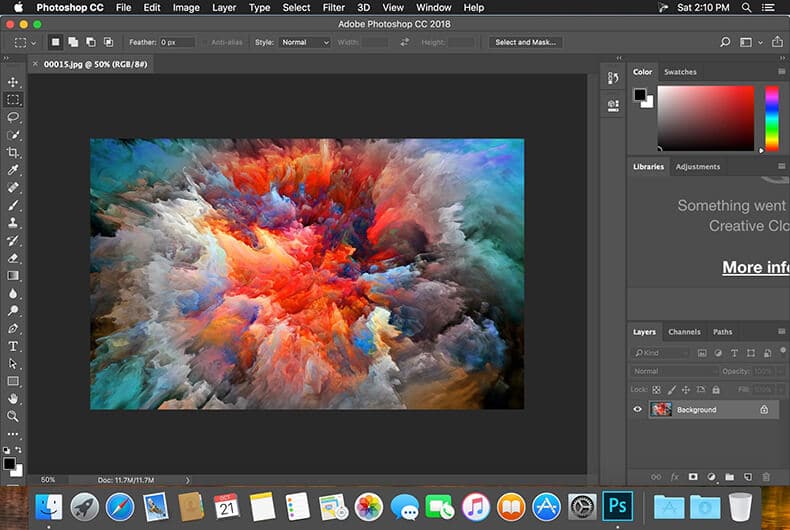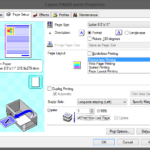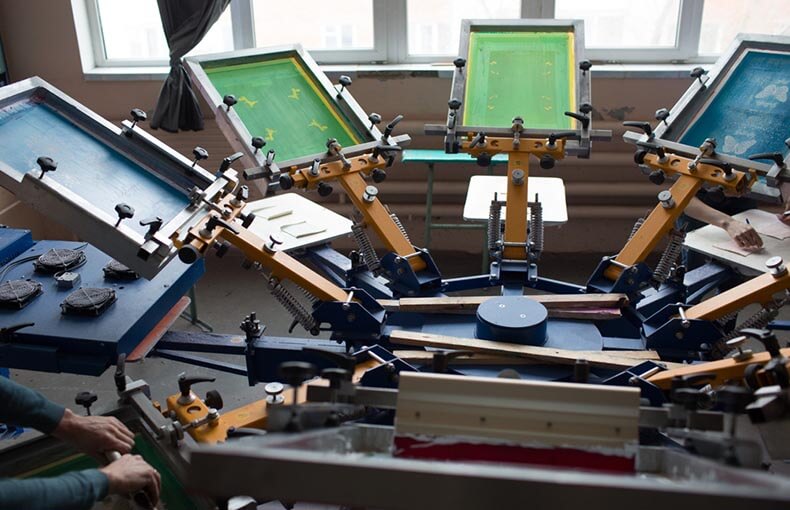Glass can make such aesthetically pleasing decor items. With sublimation, you can customize a piece of glass, press photos into it, and more. You have infinite options, and the final results can be beautiful and pristine.
Whether you want to make your personal sublimation pieces or start a small business, this article is for you. We’ll tell you about sublimation on glass, its basics, its process, and more.
Sublimation Printing
Sublimation refers to the transformation of a substance from one state to another, more specifically from solid to gas. But the trick is that the material doesn’t undergo a transitional liquid state, meaning that the conversion from solid to gas is direct.
Accordingly, sublimation printing doesn’t involve running or drying inks. Instead, you expose an artwork to high-temperature heat pressure, turning it into a gas.
Sublimation Printing on Glass
Dye-sublimation printing is more tricky when you’re dealing with glass due to its fragility. So, you have to be careful with the heat press if you don’t want to end up with broken glass. Moreover, heating glass causes fog, which can leave you with bad quality prints.
Tip: A heat press pad can add protection to the glass if you’re worried about breakage.
See also: How to Sublimate on Wood
Materials Required for Sublimation
Before we delve into the sublimation process, let’s go over all the needed materials.
- Sublimation Printer: This printer should print on the right setting and reverse. The most famous sublimation printer companies are Durst, Mimaki, and Mutoh.
- Heat Press Machine: You can use a regular heat press if you’re careful, but a heat press specifically for glass is preferred. The heat press machine removes the design from the sublimation paper onto the glass.
- Sublimation Ink and Papers: Sublimation paper, also known as transfer paper, transfers almost any spectrum color onto the glass. Use ink and paper from the same brand so that they’re compatible.
- Glass Substrate: Opt for tempered glass with an opaque white background, as it’s one of the most reflective types of glass.
- Teflon Sheet: Teflon sheets can prevent stray dyes from seeping through to the heat press, ruining it and, in turn, ruining future projects.
- Heat-Resistant Tape: You can use the tape to fix the printer paper to the glass.
Tip: If you’re unsure where to buy glass for your sublimation projects, check out Amazon, eBay, Etsy, and HeatPressNation.
Glass Sublimation Process
Without further ado, here’s the step-by-step guide to sublimation on glass:
1. Print Your Design on Paper
This is where you print your design on the sublimation paper, and ensure that it isn’t reverse printed.
2. Protect the Heat Press
Put a Teflon sheet inside the heat press. You can also add a heat-resistance pad over it for extra coverage, and top it with parchment paper.
3. Set the Glass Plate
Fix the printed transfer to the glass surface with the heat tape. Afterward, you can put the glass surface on the setup in the heat press (with the transfer paper facing down). This way, you’ll be able to tell if the sublimation printing is done by looking at the glass. To finish the setup, place a second Teflon sheet over the glass.
4. Turn On the Heat Press
Set the heat press machine to 400 degrees Fahrenheit, and give it 3 and a half minutes on average. As for how much pressure to apply, go for medium-firm pressure. You may use a clam-down or swing-away heat press.
It’s vital to use the correct settings. That’s because too much pressure or heat can damage or shatter the glass and not enough pressure or heat can ruin the design.
Tip: You can check out this comprehensive guide to determine the exact pressure and temperature needed for sublimation with different materials.
5. Let the Glass Cool
Extract the Teflon sheet and anything above the transfer slowly. Then, remove the sublimation paper, but do so carefully because it’ll be hot. You might want to wear safety gloves. Finally, give the glass enough time to cool down, and enjoy your glass sublimation results!
Final Thoughts
Despite being a demanding process, sublimation on glass is worth it, creating pristine glass decor pieces. All you need to do is ensure you have all the required materials and dive in.
Undoubtedly, glass can be difficult because it can easily break, but you won’t have anything to worry about if you follow our straightforward instructions. Finally, always follow safety procedures, especially if you’re working on your glass sublimation project from home.
See also:




![The 9 Best Sublimation Papers in 2024 [Buyer's Guide] Top 5 Best Sublimation Paper](https://podi.org/wp-content/uploads/2021/11/Top-5-Best-Sublimation-Paper.jpg)




